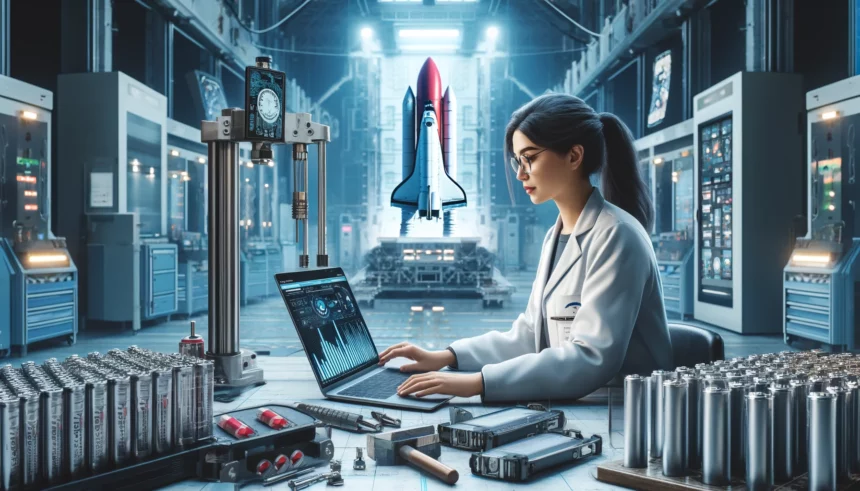NASA’s rigorous battery safety protocols, initially developed for space exploration, are now shaping the safety standards for consumer electronics on Earth. Judy Jeevarajan, an expert engineer who spent over twenty years at NASA, has been central to this transfer of technology.
During her tenure at NASA’s Johnson Space Center in the 1990s, Jeevarajan was responsible for devising new battery testing methods, particularly for use in human space missions. Her work became crucial in 1999, when astronauts planned to take a lithium-ion powered digital camcorder into space. The testing for this involved using a hydraulic press to create internal short circuits and conducting vibration tests to mimic the conditions of a space shuttle launch.
These stringent testing methods developed for the camcorder were later adopted for all consumer electronics intended for use on the International Space Station. This has significantly influenced how batteries are tested beyond the aerospace industry, enhancing the safety of everyday devices.
After her NASA career, Jeevarajan joined Underwriters Laboratories Inc. (UL), where she used her extensive knowledge to improve UL’s testing techniques and equipment. By 2015, she had helped develop a comprehensive testing method for large lithium-ion battery systems, which are crucial for energy storage in electrical grids. This method is now part of UL’s safety standards, ensuring safer battery usage across various technologies.
















